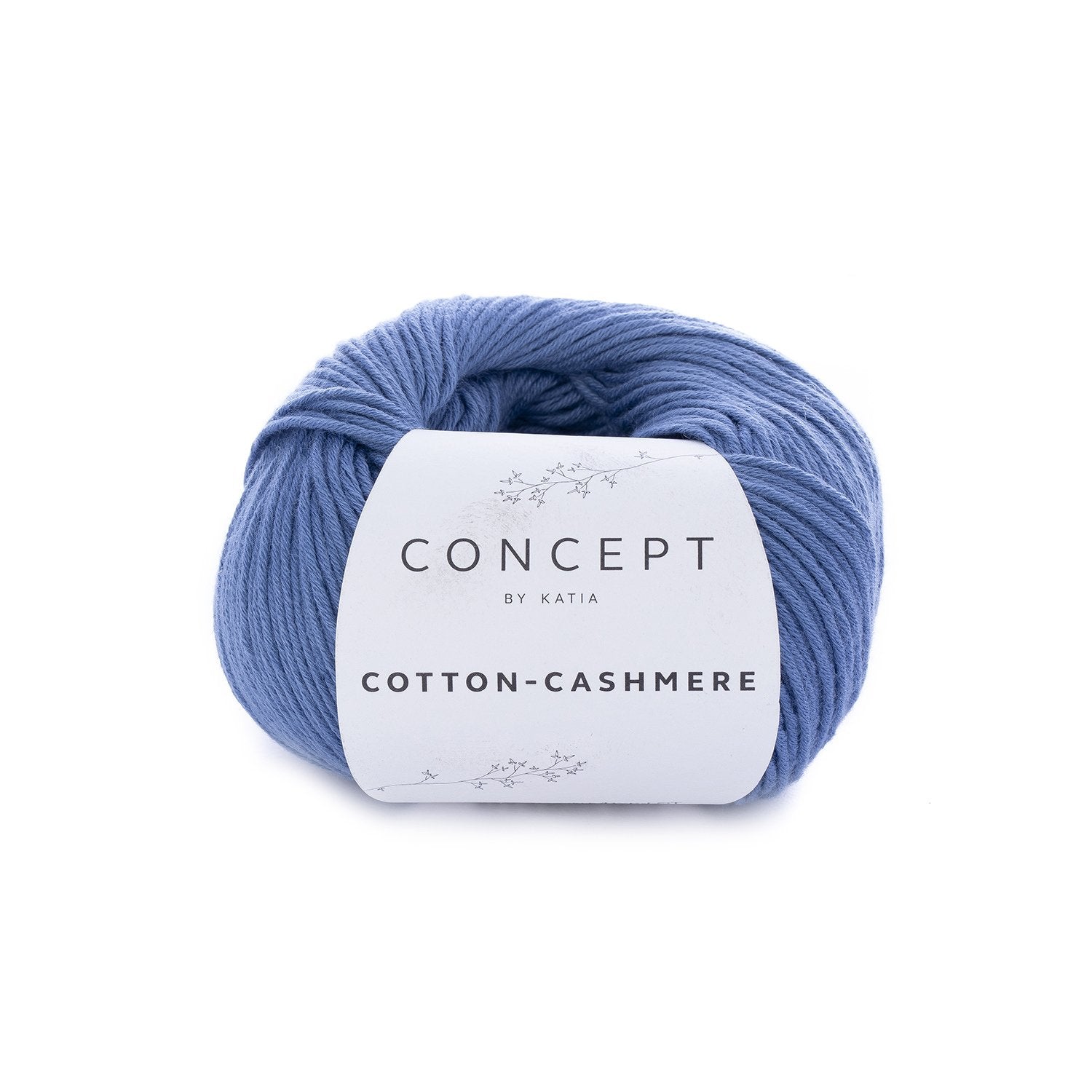What Is Cashmere and How Does It Differ to Other Fabrics?
What Is Cashmere and How Does It Differ to Other Fabrics?
Blog Article
Factors You Have To Require Cashmere a Natural Fiber for Convenience and Elegance in Everyday Use
In the realm of fabrics, couple of fibers equal the luxury and comfort of cashmere. This one-of-a-kind material, recognized for its exceptional softness and insulation, gives unrivaled convenience and elegance for day-to-day wear. What sets it apart from various other fibers? Exactly how does it affect the atmosphere and just how does it contrast to artificial options? Just how can one best utilize cashmere to elevate their design? These appealing concerns lay the structure for an informing expedition right into the world of cashmere.
Understanding the Lavish Nature of Cashmere

Assessing the Comfort Element of Cashmere Wardrobe
Cashmere's unique fiber framework enables for breathability, controling temperature and stopping overheating. Cashmere's hypoallergenic residential properties likewise contribute to its convenience, making it an optimal choice for sensitive skin. In essence, the comfort of cashmere is acquired from its softness, breathability, resilience, hypoallergenic nature, and convenience.

The Ecological Influence and Sustainability of Cashmere
While the comfort and elegance of cashmere are most certainly appealing, it's just as important to consider its connection with the atmosphere. Cashmere manufacturing, mostly in Mongolia and China, entails elevating cashmere goats, which can substantially strain vulnerable meadow ecosystems due to overgrazing. This can cause desertification, a pushing ecological problem. The processing of cashmere, involving coloring and cleaning, can also add to water air pollution if not correctly taken care of. Initiatives are being made to develop sustainable cashmere manufacturing approaches, my response such as rotational grazing and cleaner handling techniques. While cashmere has ecological impacts, its sustainability greatly depends on manufacturing techniques.
Comparing Cashmere to Artificial Fibers: A Cost-Benefit Analysis
Regardless of its environmental difficulties, cashmere presents an unique collection of benefits over synthetic fibers. On the price side, cashmere is undeniably a lot more expensive because of its labor-intensive production process. Yet, the advantages make it worth the investment. Cashmere's natural fibers offer exceptional soft qualities and heat, translating into convenience that synthetic fibers struggle to match. Cashmere items are very resilient, appealing long life that offsets first prices over time. Unlike synthetic fibers, cashmere doesn't contribute to microplastic contamination, making it an extra lasting choice. In contrast, synthetic fibers, while more affordable upfront, offer less comfort, have shorter life-spans and present ecological concerns. Thus, when examining cost-benefit, cashmere's remarkable top qualities make it a rewarding investment for day-to-day wear.
Designing Tips With Cashmere for Everyday Sophistication
Having actually thought about the cost-benefit evaluation of cashmere compared to artificial fibers, it ends up being clear why this lavish material is a popular choice for many. When styling cashmere for daily style, simplicity is essential. Ultimately, the integral beauty of cashmere makes it a versatile addition to any type of closet, website here effortlessly improving everyday outfits with a touch of high-end.

Final Thought
In addition, cashmere's sustainability and reduced environmental impact contrasted to artificial fibers further improve its allure. Spending in cashmere garments is a worthwhile choice for sustainability, convenience, and design.

Report this page